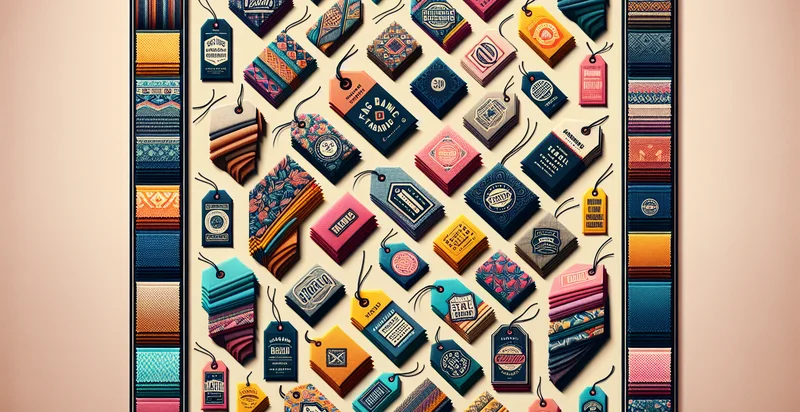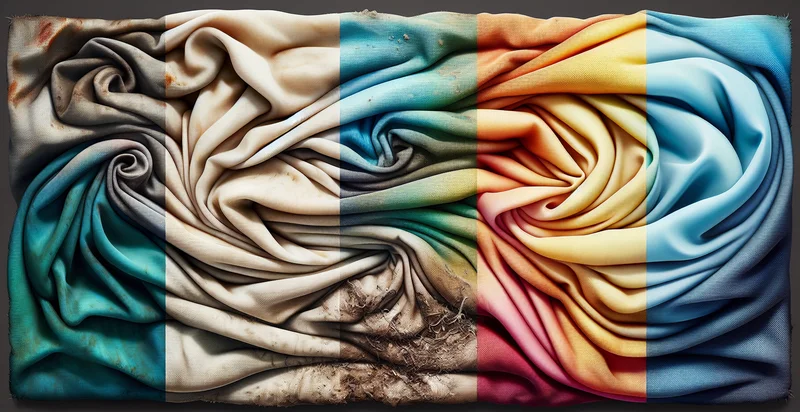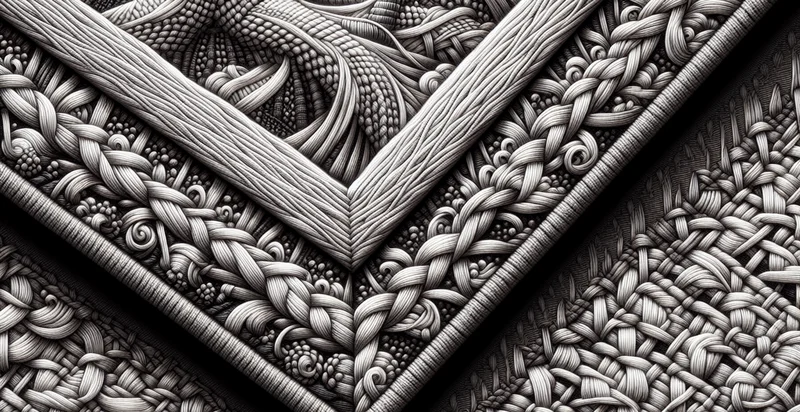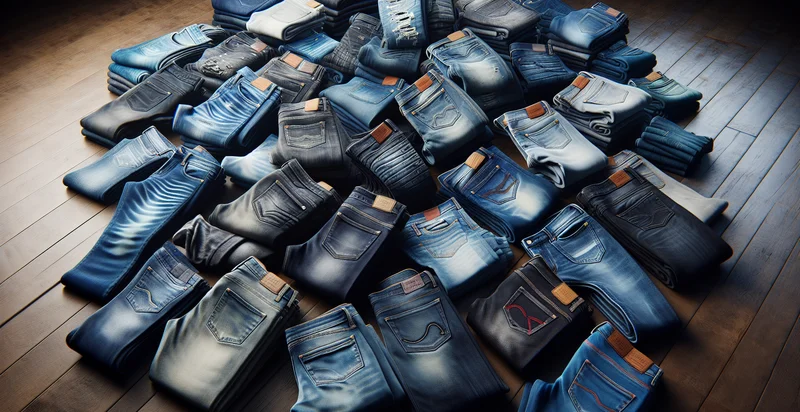Identify fabric brands
using AI
Below is a free classifier to identify fabric brands. Just upload your image, and our AI will predict what fabric brand it is - in just seconds.

Contact us for API access
Or, use Nyckel to build highly-accurate custom classifiers in just minutes. No PhD required.
Get started
import nyckel
credentials = nyckel.Credentials("YOUR_CLIENT_ID", "YOUR_CLIENT_SECRET")
nyckel.invoke("fabric-brands", "your_image_url", credentials)
fetch('https://www.nyckel.com/v1/functions/fabric-brands/invoke', {
method: 'POST',
headers: {
'Authorization': 'Bearer ' + 'YOUR_BEARER_TOKEN',
'Content-Type': 'application/json',
},
body: JSON.stringify(
{"data": "your_image_url"}
)
})
.then(response => response.json())
.then(data => console.log(data));
curl -X POST \
-H "Content-Type: application/json" \
-H "Authorization: Bearer YOUR_BEARER_TOKEN" \
-d '{"data": "your_image_url"}' \
https://www.nyckel.com/v1/functions/fabric-brands/invoke
How this classifier works
To start, upload your image. Our AI tool will then predict what fabric brand it is.
This pretrained image model uses a Nyckel-created dataset and has 49 labels, including Abercrombie And Fitch, Adidas, American Eagle, Armani, Asics, Balenciaga, Burberry, Calvin Klein, Carhartt and Chanel.
We'll also show a confidence score (the higher the number, the more confident the AI model is around what fabric brand it is).
Whether you're just curious or building fabric brands detection into your application, we hope our classifier proves helpful.
Related Classifiers
Need to identify fabric brands at scale?
Get API or Zapier access to this classifier for free. It's perfect for:
- Brand Authentication: This function can be used by retailers to verify the authenticity of fabric brands before making bulk purchases. By classifying images of fabric, it helps prevent counterfeit goods from entering the supply chain, ensuring customers receive genuine products.
- E-commerce Integration: Online retailers can integrate this image classification function into their platforms to automatically tag fabrics based on their brand. This would streamline the inventory management process and enhance the shopping experience by allowing users to filter products by specific fabric brands.
- Quality Control in Manufacturing: Textile manufacturers can utilize the function in their quality control processes. By analyzing fabric images during production, they can quickly identify and rectify instances of brand misrepresentation or defective batches, maintaining brand integrity.
- Fabric Trend Analysis: Fashion brands and designers can apply this function to analyze trending fabric types and brands in social media or e-commerce images. This data-driven insight enables them to adapt their collections according to prevailing market preferences and competition.
- Customer Support Enhancement: Customer support teams in textile businesses can use this image classification tool to help resolve brand-related inquiries. By uploading product images into the system, support agents can quickly identify the brand and provide accurate information or assistance to customers.
- Academic Research in Textiles: Researchers studying fabric technology or sustainability can employ the function to classify large datasets of fabric images from various brands. This analysis can lead to insights into material usage trends, sustainable practices, and innovations within the textile industry.
- Brand Marketing Strategies: Marketing teams can leverage the classification function for campaign analysis and targeting. By identifying fabrics associated with certain brands in consumers' images, they can tailor advertising efforts and influencer partnerships to effectively reach and engage their target audience.


